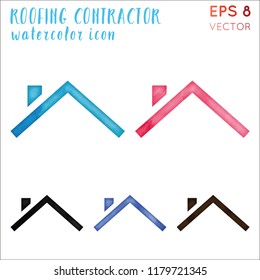Discover The Effect Of Seasonal Elements On The Effectiveness Of Commercial Outside Painting And Recognize The Optimal Times To Accomplish Enduring Outcomes For Your Project
Discover The Effect Of Seasonal Elements On The Effectiveness Of Commercial Outside Painting And Recognize The Optimal Times To Accomplish Enduring Outcomes For Your Project
Blog Article
Composed By-Aguilar Browne
When you're planning an industrial outside paint project, seasonal factors can make or break your outcomes. You'll want to take into consideration just how temperature level and moisture impact paint application and drying times. Selecting the best season can guarantee your paint sticks effectively and lasts much longer. But which periods are really the best for this sort of work? Let's explore the key elements that can influence your task's success.
The Influence of Temperature Level on Paint Application
When you're intending a business external paint task, the temperature can considerably impact just how well the paint adheres and dries out.
Ideally, you intend to repaint when temperatures vary between 50 ° F and 85 ° F. If it's as well cold, the paint might not heal appropriately, bring about problems like peeling or breaking.
On the other side, if it's also warm, the paint can dry as well promptly, stopping appropriate attachment and leading to an irregular surface.
You must additionally consider the moment of day; early morning or late afternoon uses cooler temperatures, which can be much more favorable.
Always inspect the producer's referrals for the details paint you're using, as they often supply support on the suitable temperature variety for ideal results.
Humidity and Its Effect on Drying Times
Temperature isn't the only environmental aspect that affects your industrial external paint job; moisture plays a significant duty too. High humidity levels can slow down drying times dramatically, affecting the overall top quality of your paint task.
When the air is saturated with dampness, the paint takes longer to treat, which can result in issues like bad attachment and a greater risk of mildew growth. If you're repainting on a specifically damp day, be gotten ready for prolonged wait times between layers.
It's vital to keep track of regional climate condition and strategy accordingly. Preferably, aim for moisture levels in between 40% and 70% for optimum drying out.
Maintaining these factors in mind guarantees your task stays on track and delivers an enduring surface.
Best Seasons for Commercial Outside Paint Projects
What's the most effective season for your commercial outside painting projects?
Spring and very early autumn are generally your best bets. During these periods, temperature levels are moderate, and humidity levels are usually reduced, creating perfect conditions for paint application and drying.
Avoid summertime's intense heat, which can cause paint to dry too quickly, leading to poor attachment and finish. In a similar way, winter season's cold temperature levels can prevent proper drying and healing, risking the long life of your paint job.
Go for days with temperatures in between 50 ° F and 85 ° F for ideal results. Bear in mind to inspect the regional weather prediction for rainfall, as wet conditions can spoil your job.
Preparation around these variables guarantees your painting task runs efficiently and lasts longer.
Final thought
To conclude, intending your business exterior painting projects around seasonal considerations can make a significant distinction in the end result. By Visit Home Page during the suitable temperatures and moisture degrees, you'll ensure far better attachment and drying out times. Remember to keep Suggested Looking at on local weather forecasts and choose the correct time of year-- spring and early fall are your best options. Taking these actions will certainly assist you accomplish a resilient and professional surface that lasts.
